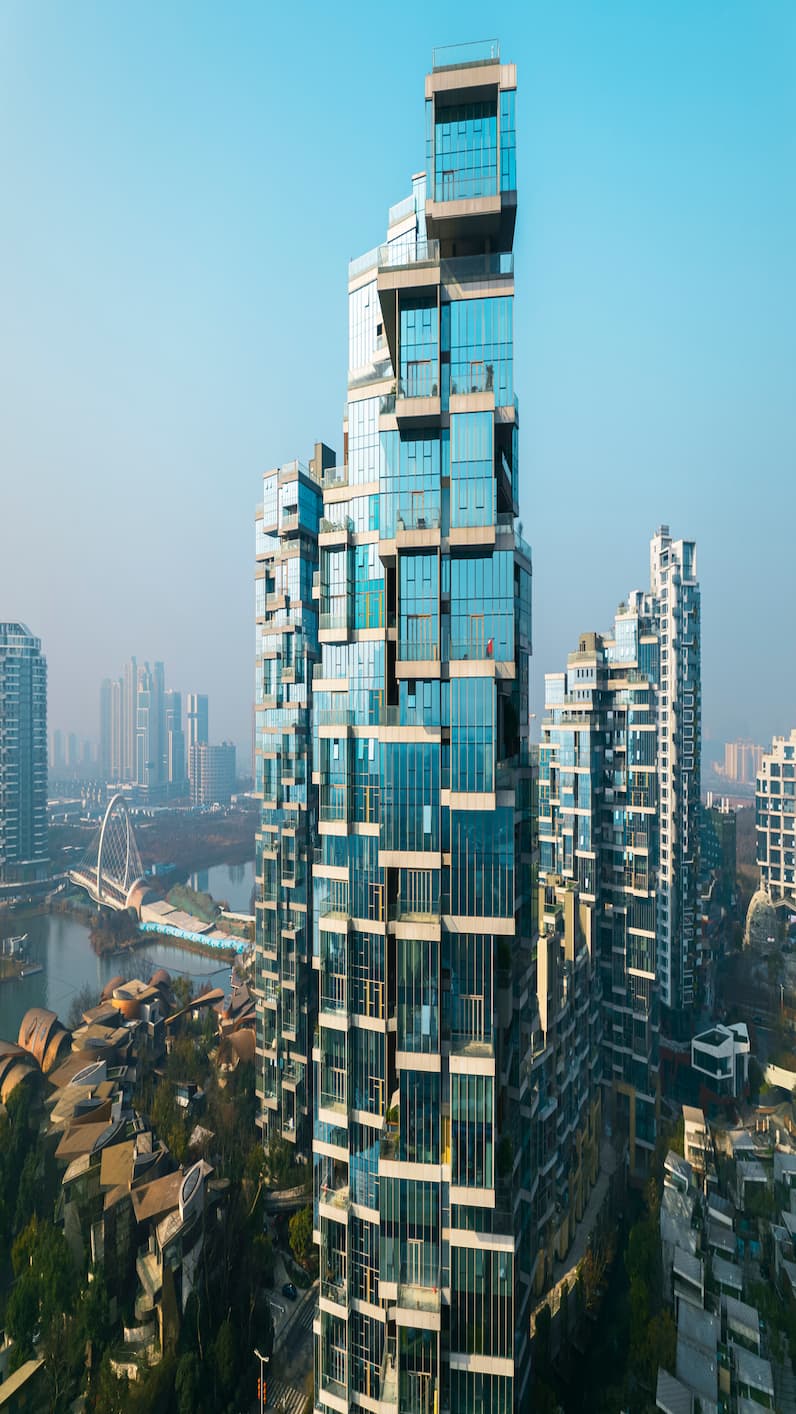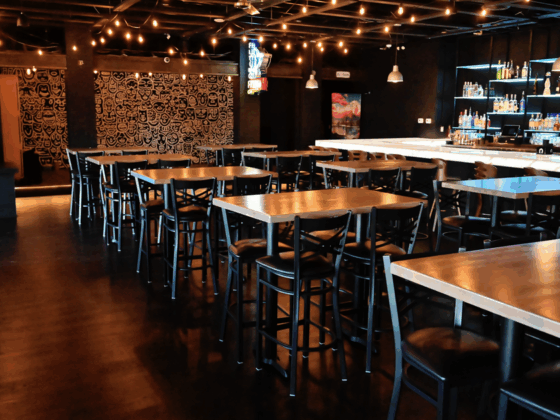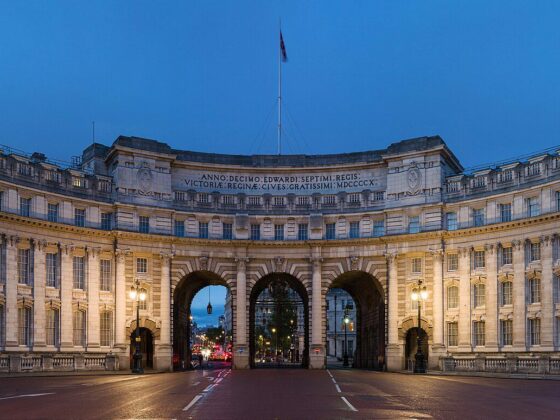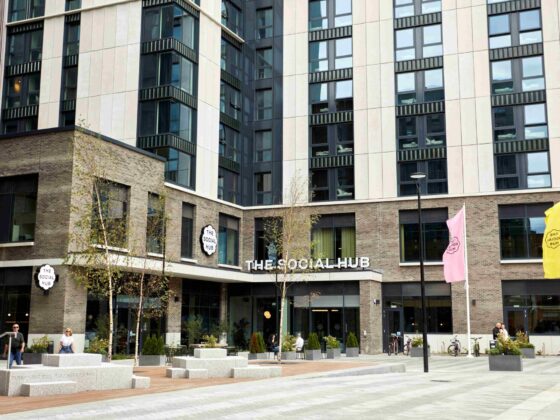INVESTMENT ACTIVITY
The Italian hotel investment market delivered a strong H1 2025, with transactions reaching nearly €1.7 billion, up 102% YoY. Rome and Venice led the activity, generating over €780 million (47% of the national volume), confirming their strategic appeal. Deals were mostly single-asset, focused on the Upper Upscale and Luxury segments. Notable transactions included the €170 million acquisition of the Mandarin Oriental in Rome (Villini Sallustiani). International investors drove 51% of total volume, with capital from Europe and the Americas. Despite cautious optimism, the market remains resilient, with a solid deal pipeline and sustained foreign interest expected to drive continued momentum in H2 2025.
PRIME YIELDS
In the first half of 2025, prime yields remained broadly stable across Italy’s main hospitality markets, with slight compression observed in select trophy transactions in Rome and Venice. Despite macroeconomic uncertainty, investor confidence remained strong, supported by improved financing conditions and strong competition for prime assets. Resilient demand, a limited supply of core products, and early signs of rate stabilization are expected to drive further yield compression in the second half of the year.
SUPPLY & DEMAND
Over 100 hotels opened in H1 2025, mainly through conversions and rebranding, especially in key cities and coastal areas. About 50% were 4-star, followed by 5-star and Luxury properties. Average size rose to around 75 keys, up from H1 2024. Notable openings include Orient Express La Minerva (93 rooms), Auberge Collection Alle Querce Florence (83), The Hoxton Florence (161), Romeo Roma (74), and The Social Hub Rome (392).
PERFORMANCE
Italy’s hospitality sector performed well in H1 2025, with RevPAR up 3% YoY, driven by a 2% ADR increase (with growth now normalising post-pandemic) and a 1% rise in occupancy. Rome’s RevPAR grew by 3% in H1 2025, led by ADR, while Milan outperformed with a 5% increase, supported by both occupancy (+3%) and ADR (+2%). The outlook for H2 remains positive, boosted by peak summer demand and improved air connectivity, especially in southern and coastal areas.
















